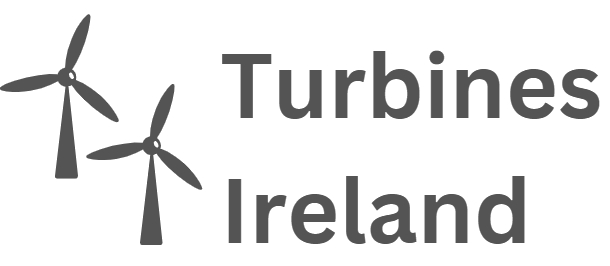
Introduction
Traditional horizontal wind turbines have been widely used to harness wind energy. However, vertical turbine technology is gaining popularity due to its numerous advantages. In this blog post, we will explore the latest innovations in vertical turbine technology and what the future holds for this exciting field.
1. Vertical Axis Wind Turbines (VAWT)
Vertical Axis Wind Turbines (VAWT) are designed with the rotor shaft arranged vertically. This configuration brings several benefits over traditional horizontal turbines:
1.1 Enhanced Performance in Turbulent Winds
VAWTs are capable of harnessing wind energy from any direction, making them more efficient in turbulent wind conditions. Unlike horizontal turbines, VAWTs eliminate the need for a complex yaw mechanism to align with the wind direction.
1.2 Scalability and Compact Design
Vertical turbines can be built in various sizes, making them suitable for both large-scale wind farms and smaller residential applications. Their compact and modular design allows for easy installation, especially in urban areas with limited space.
2. Vertical Axis Wind Turbine Innovations
The advancements in vertical turbine technology have led to significant improvements in efficiency, reliability, and aesthetics. Here are some notable innovations in the field:
2.1 Magnetic Levitation and Direct-Drive Systems
Traditional vertical turbines utilize mechanical bearings, which can introduce friction and wear over time. However, the incorporation of magnetic levitation technology eliminates the need for bearings, resulting in reduced maintenance requirements and increased longevity. Additionally, direct-drive systems eliminate the need for a gearbox, further improving efficiency.
2.2 Aerodynamic Design Enhancements
Researchers are constantly striving to optimize the aerodynamic performance of vertical turbines. Innovative designs, such as the three-blade Darrieus-Savonius hybrid turbine, maximize energy capture while minimizing drag and noise. Computational Fluid Dynamics (CFD) simulations play a crucial role in refining these designs.
2.3 Vertical Axis Wind Turbines in Urban Environments
Vertical turbines are particularly suitable for urban environments where space is limited, and wind patterns are complex. Integrating turbines into buildings and infrastructure opens up new possibilities for renewable energy generation in cities. These architectural turbines can also serve as aesthetically pleasing landmarks.
3. Future Outlook
The future of vertical turbine technology is promising. Ongoing research and development efforts are focused on addressing the limitations of current designs and further improving efficiency. Here are some exciting prospects:
3.1 Offshore Vertical Wind Farms
With their ability to harness wind from any direction, vertical turbines show great potential for offshore wind farms. Floating vertical turbines can be deployed in deeper waters, opening up new areas for renewable energy production and reducing visual impacts on shorelines.
3.2 Integration of Energy Storage
The intermittent nature of wind energy poses challenges for grid stability. Integrating energy storage solutions, such as batteries or hydrogen production, with vertical turbine installations can help overcome this limitation. By storing excess energy during peak production and releasing it during periods of low wind, a more reliable and consistent power supply can be achieved.
3.3 Smart Grid Integration
Vertical turbines can be integrated into smart grid systems, enabling efficient management of power generation and consumption. Advanced control systems can optimize turbine performance based on real-time weather conditions and energy demand, contributing to a more resilient and responsive electricity grid.
Conclusion
Vertical turbine technology is rapidly evolving, offering significant advantages over traditional horizontal turbines. The innovations discussed in this blog post highlight the potential of vertical turbines for increased efficiency, scalability, and integration into various environments. As research and development efforts continue, we can expect even more exciting advancements in the field. Embracing these innovations will play a crucial role in achieving a more sustainable future powered by renewable energy.
